All Fogged Up
The Met. Office gives out warnings of dense fog when visibility is expected to fall below 200 metres. Severe disruption to transport occurs when the visibility falls below 50 metres. Every driver knows or has known that travelling in fog can be extremely dangerous. Every driver knows or has known that fog can drift rapidly and is often patchy. Once through the DVSA practical driving test this knowledge can drift away from some drivers’ memories like the fog itself.
Here is a reminder from the Highway Code for all of us:
The Highway Code
Rule 226
You MUST use headlights when visibility is seriously reduced, generally when you cannot see for more than 100 metres (328 feet). You may also use front or rear fog lights but you MUST switch them off when visibility improves.
Rule 234
Before entering fog check your mirrors then slow down. If the word ‘Fog’ is shown on a roadside signal but the road is clear, be prepared for a bank of fog or drifting patchy fog ahead. Even if it seems to be clearing, you can suddenly find yourself in thick fog.
Rule 235
When driving in fog you should
-
use your lights as required
-
keep a safe distance behind the vehicle in front. Rear lights can give a false sense of security
-
be able to pull up well within the distance you can see clearly. This is particularly important on motorways and dual carriageways, as vehicles are travelling faster
-
use your windscreen wipers and demisters
-
beware of other drivers not using headlights
-
not accelerate to get away from a vehicle which is too close behind you
-
check your mirrors before you slow down. Then use your brakes so that your brake lights warn drivers behind you that you are slowing down
-
stop in the correct position at a junction with limited visibility and listen for traffic. When you are sure it is safe to emerge, do so positively and do not hesitate in a position that puts you directly in the path of approaching vehicles.
Rule 236
You MUST NOT use front or rear fog lights unless visibility is seriously reduced as they dazzle other road users and can obscure your brake lights. You MUST switch them off when visibility improves.
Ah yes, we remember it well!
Some more advice from the Met. Office for road users when travelling in fog:
-
Avoid travel if possible
-
Drive carefully with dipped headlights, full-beam lights reflect off the fog causing a ‘white wall’ effect
-
Keep an eye on your speed, fog can give the illusion of moving in slow motion
-
Watch out for freezing fog which is made of water droplets that freeze on contact with objects such as the pavement, road, car, etc. It can quickly form a layer of ice.
How do the Met. Office forecast fog?
It can be very tricky to forecast fog. Fog forms when moisture in the air is cooled to its ‘dew point’. This is the temperature at which air will condense from water vapour into water droplets. This is the same effect you get when warm moist air comes into contact with a cold bathroom mirror. While vapour is relatively transparent, water droplets reflect light and therefore reduce visibility. When driving in fog one is actually driving in a cloud at ground level.
Fog usually occurs in the late autumn and winter months, when conditions tend to be colder, and nights are longer. This type of fog forms as a result of clear skies and light winds. The land cools overnight and this reduces the ability of the air to hold moisture, allowing condensation and fog to occur. The fog will often disperse after sunrise, but in some circumstances can last well into the afternoon, and even persist for days on end. This is most likely during January and February, and can cause severe disruption at airports, as well as on roads and for other types of transport.
Coastal fog is a regular occurrence along the eastern coast of the UK and is most common during Spring and Summer when warm air moves over the cool surface of the North Sea towards the coast. Many a day trip to Skegness has been ruined . . . “The weather was great when we set out from Derby this morning!”
Contains public sector information licensed under the Open Government Licence v1.0.
| Virus-free. www.avg.com |
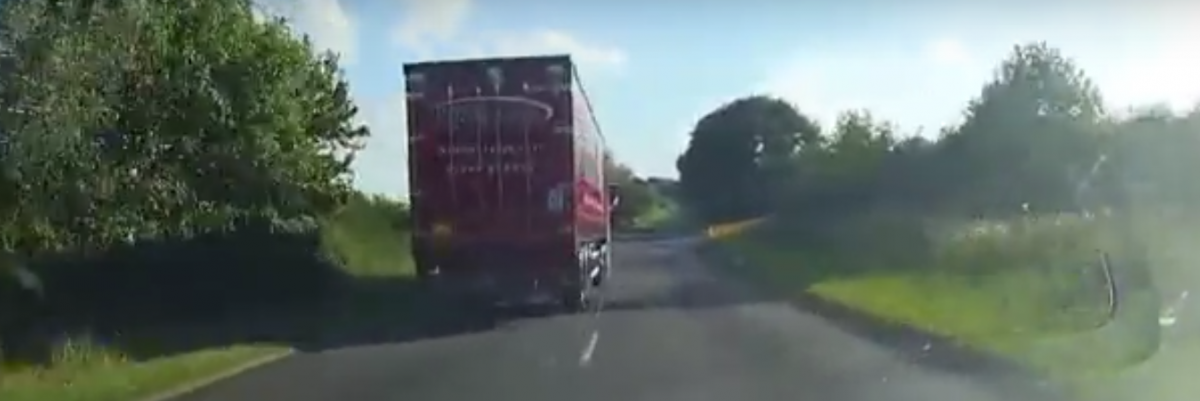
 ery often people just want their transport arranged and don’t mind who drives as long as it’s not them! In which case it might be worth pre-arranging a cab or minibus – don’t leave it too late as these things are best booked and paid for in advance. Research shows that women are much better at this, so gentlemen take at leaf out of their book and plan ahead!
ery often people just want their transport arranged and don’t mind who drives as long as it’s not them! In which case it might be worth pre-arranging a cab or minibus – don’t leave it too late as these things are best booked and paid for in advance. Research shows that women are much better at this, so gentlemen take at leaf out of their book and plan ahead! Most of us travel at some stage over the festive period, and sharing the road with what can feel like the entire population can be stressful, as Chris Rea discovered.
Most of us travel at some stage over the festive period, and sharing the road with what can feel like the entire population can be stressful, as Chris Rea discovered. Packing the car can leave you fraught. Make a check list of everything you need and try to ensure there are no loose parcels that could turn into missiles in the event of having to brake in an emergency. Leave all your presents and electrical items out of sight. Don’t give the thieves something to be happy about this season! Carry an emergency pack with some food and drink, a fully charged mobile and basic tools such as an ice scraper, shovel and a high-visibility jacket.
Packing the car can leave you fraught. Make a check list of everything you need and try to ensure there are no loose parcels that could turn into missiles in the event of having to brake in an emergency. Leave all your presents and electrical items out of sight. Don’t give the thieves something to be happy about this season! Carry an emergency pack with some food and drink, a fully charged mobile and basic tools such as an ice scraper, shovel and a high-visibility jacket. If the festive party went on into the early hours of the day of travel, then make sure you are not over the limit ‘the morning after’. Don’t risk it! As a rough guide it takes the body one hour to rid itself of one unit of alcohol (a strong pint of lager or 250ml glass of wine may contain 3 units each). And the clock starts from when you finish drinking, not when you start!
If the festive party went on into the early hours of the day of travel, then make sure you are not over the limit ‘the morning after’. Don’t risk it! As a rough guide it takes the body one hour to rid itself of one unit of alcohol (a strong pint of lager or 250ml glass of wine may contain 3 units each). And the clock starts from when you finish drinking, not when you start! 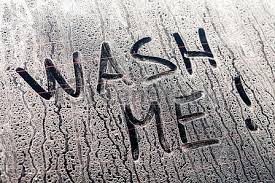 The season of mists and sprinkling saltiness is now upon us.
The season of mists and sprinkling saltiness is now upon us. 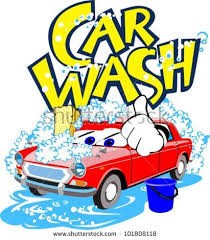 So, you face two choices. If you really can’t stand the thought of getting a bucket and sponge out, a hand car wash near you is one of the best value things a fiver will buy these days; maybe a couple of quid more if you have an SUV. They often do an excellent and thorough job – wheels, door shuts, tyre shine and all. And, of course, there is always the local
So, you face two choices. If you really can’t stand the thought of getting a bucket and sponge out, a hand car wash near you is one of the best value things a fiver will buy these days; maybe a couple of quid more if you have an SUV. They often do an excellent and thorough job – wheels, door shuts, tyre shine and all. And, of course, there is always the local  Dirty windscreens make it even more difficult for drivers to see in the low sun. The heater is often on the de-mist setting, blowing traffic fumes, suspended oil and smoke onto the inside of the screen which quickly builds up a film of grime which is a major cause of glare. Clean the screen inside and out with glass cleaner at least once a week.
Dirty windscreens make it even more difficult for drivers to see in the low sun. The heater is often on the de-mist setting, blowing traffic fumes, suspended oil and smoke onto the inside of the screen which quickly builds up a film of grime which is a major cause of glare. Clean the screen inside and out with glass cleaner at least once a week. Use the sun visor or wear a baseball cap or wide brimmed hat. Just ensure you can still see the road ahead!
Use the sun visor or wear a baseball cap or wide brimmed hat. Just ensure you can still see the road ahead! If the sun is behind you, it’s in the eyes of drivers coming towards you – be aware that they might not see you or the road markings between you and them. Switching on the car’s dipped headlights will help oncoming drivers see your vehicle and judge speed and distance.
If the sun is behind you, it’s in the eyes of drivers coming towards you – be aware that they might not see you or the road markings between you and them. Switching on the car’s dipped headlights will help oncoming drivers see your vehicle and judge speed and distance.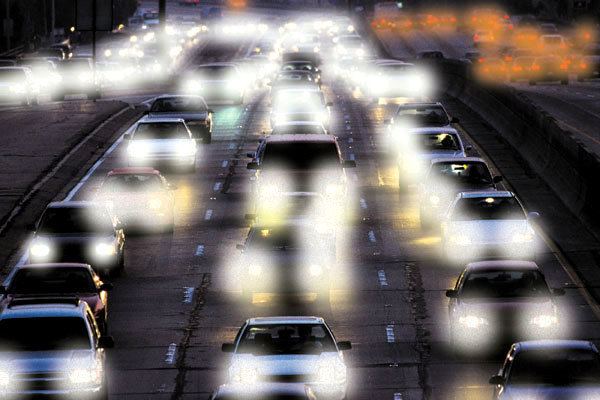 There are eye conditions, such as early cataract growth, where looking towards the sunlight gives much worse vision than when looking away from it. These drivers may well be able to drive quite legally, once advised by an optometrist, but should be aware of their condition and drive with extra care or even postpone a journey until light conditions are more favourable. Perhaps that advice would help us all.
There are eye conditions, such as early cataract growth, where looking towards the sunlight gives much worse vision than when looking away from it. These drivers may well be able to drive quite legally, once advised by an optometrist, but should be aware of their condition and drive with extra care or even postpone a journey until light conditions are more favourable. Perhaps that advice would help us all. ‘
‘ 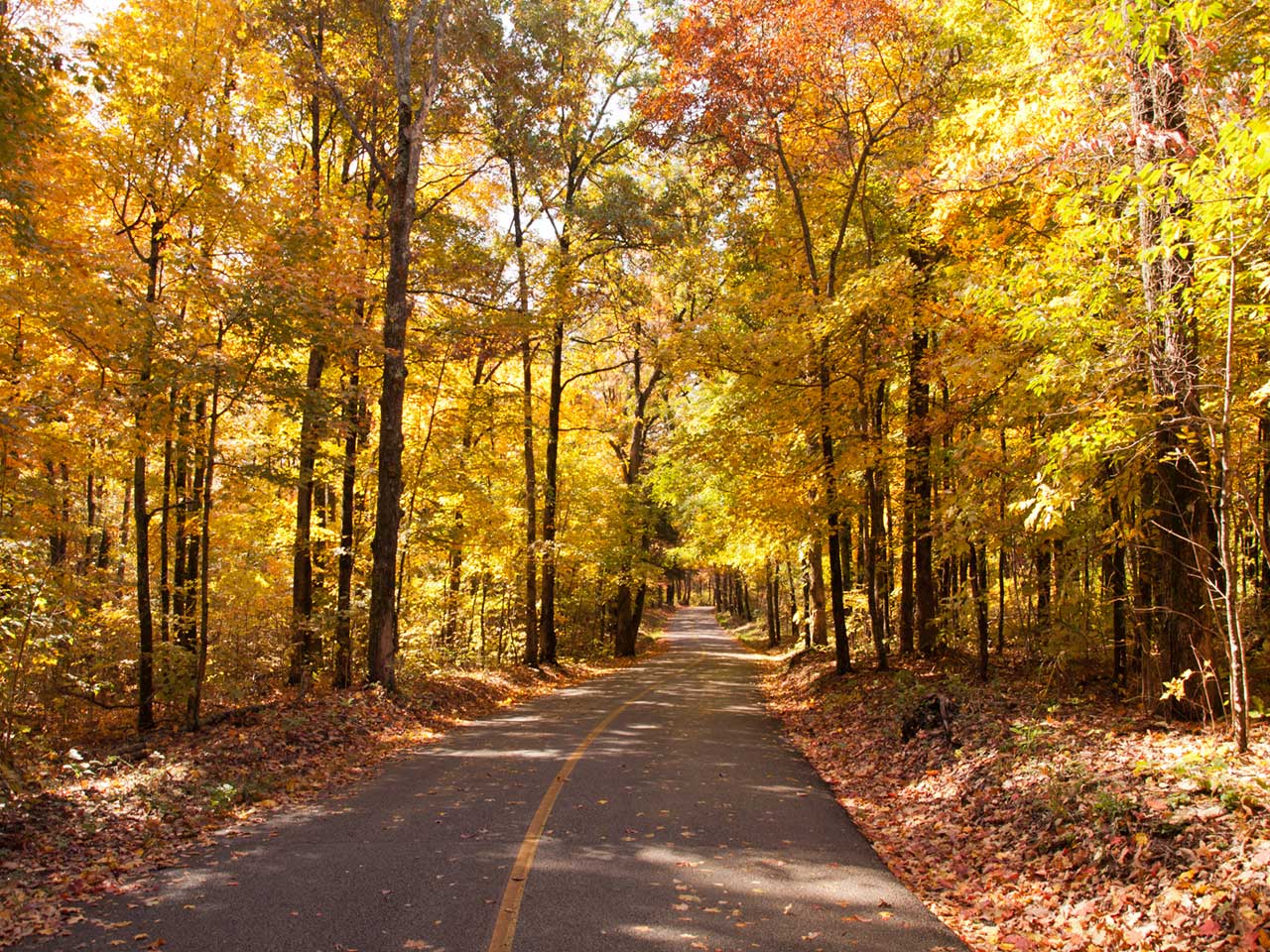 It’s that time of year. Too late for holiday advice, too early to panic about blizzards or shortage of road salt, so every motoring organisation and journal will be dusting off the “Prepare your car for winter” press release.
It’s that time of year. Too late for holiday advice, too early to panic about blizzards or shortage of road salt, so every motoring organisation and journal will be dusting off the “Prepare your car for winter” press release. 
 Steamy windows.
Steamy windows.  If you’re planning a bank holiday getaway then be sure to read our tips on how you can make your journey a safe and stress-free one.
If you’re planning a bank holiday getaway then be sure to read our tips on how you can make your journey a safe and stress-free one.